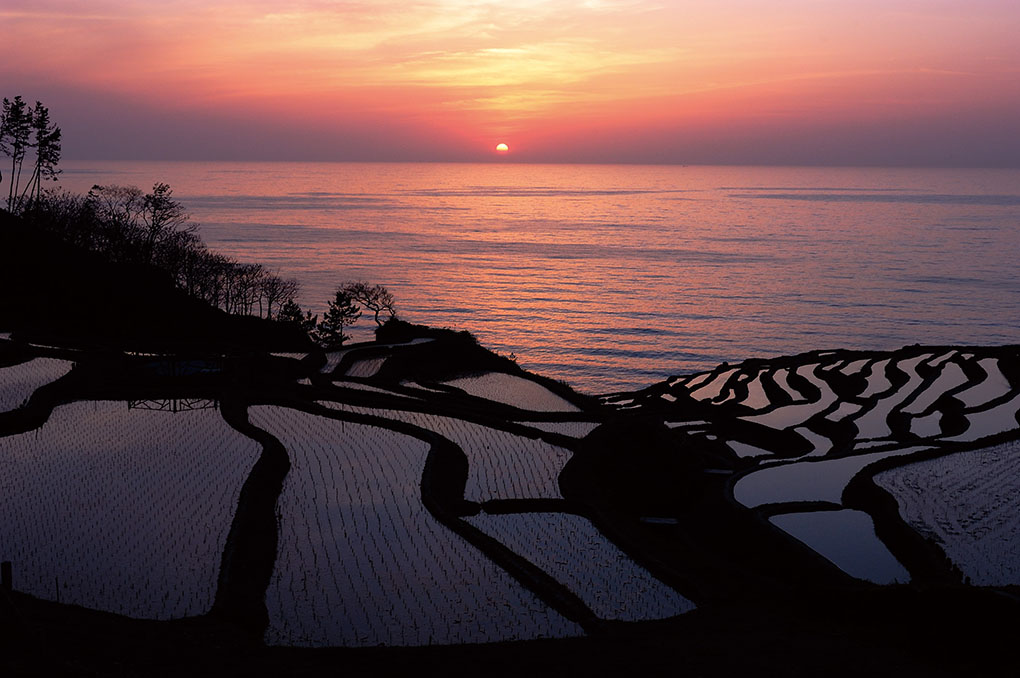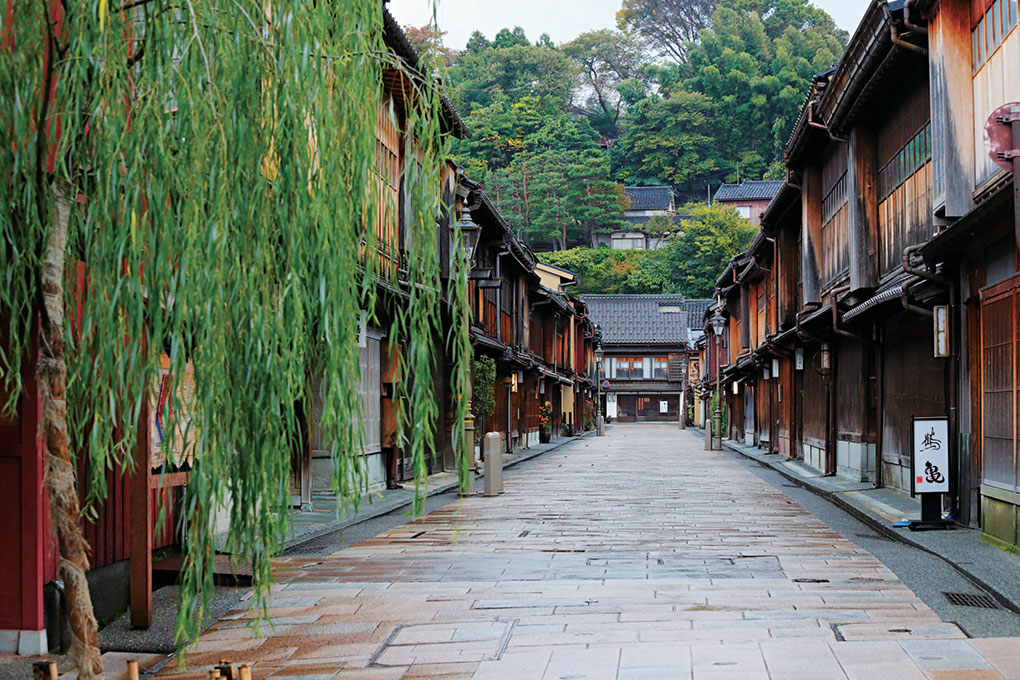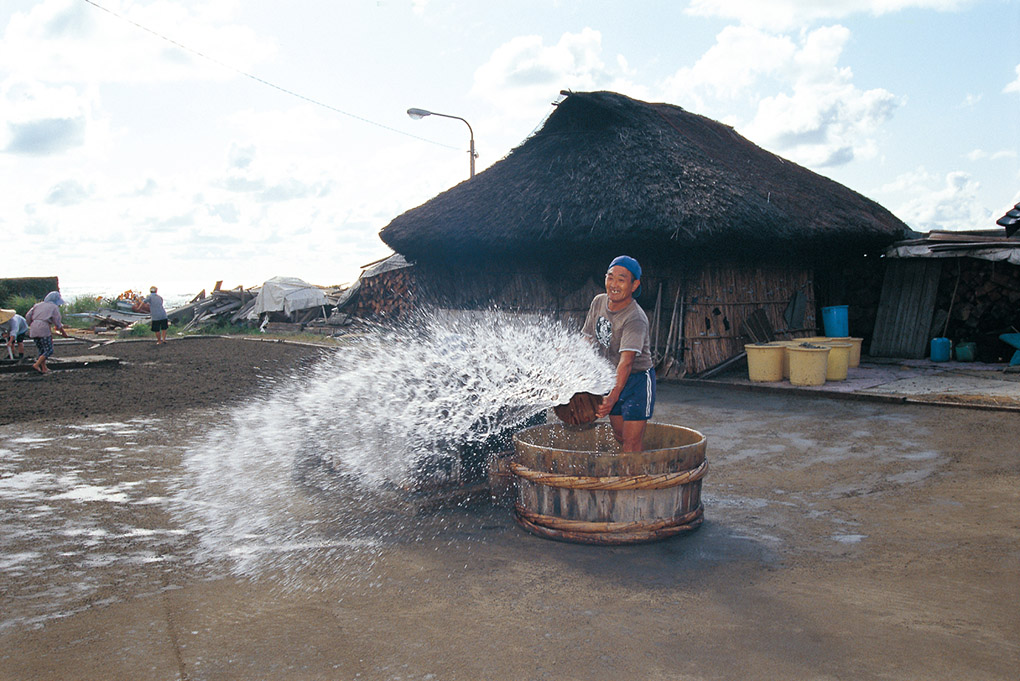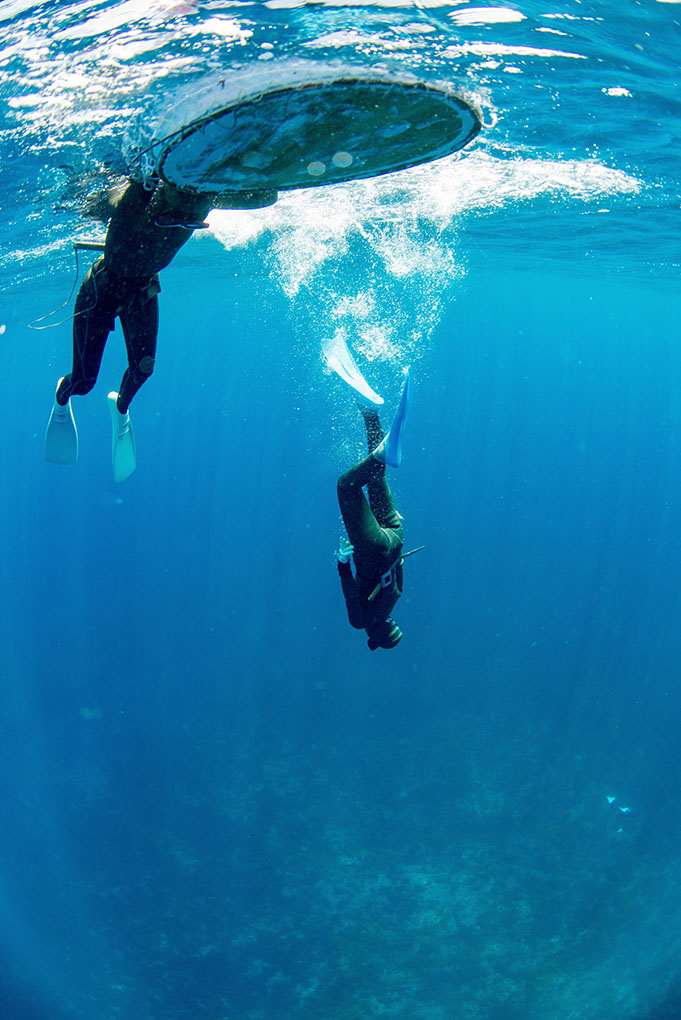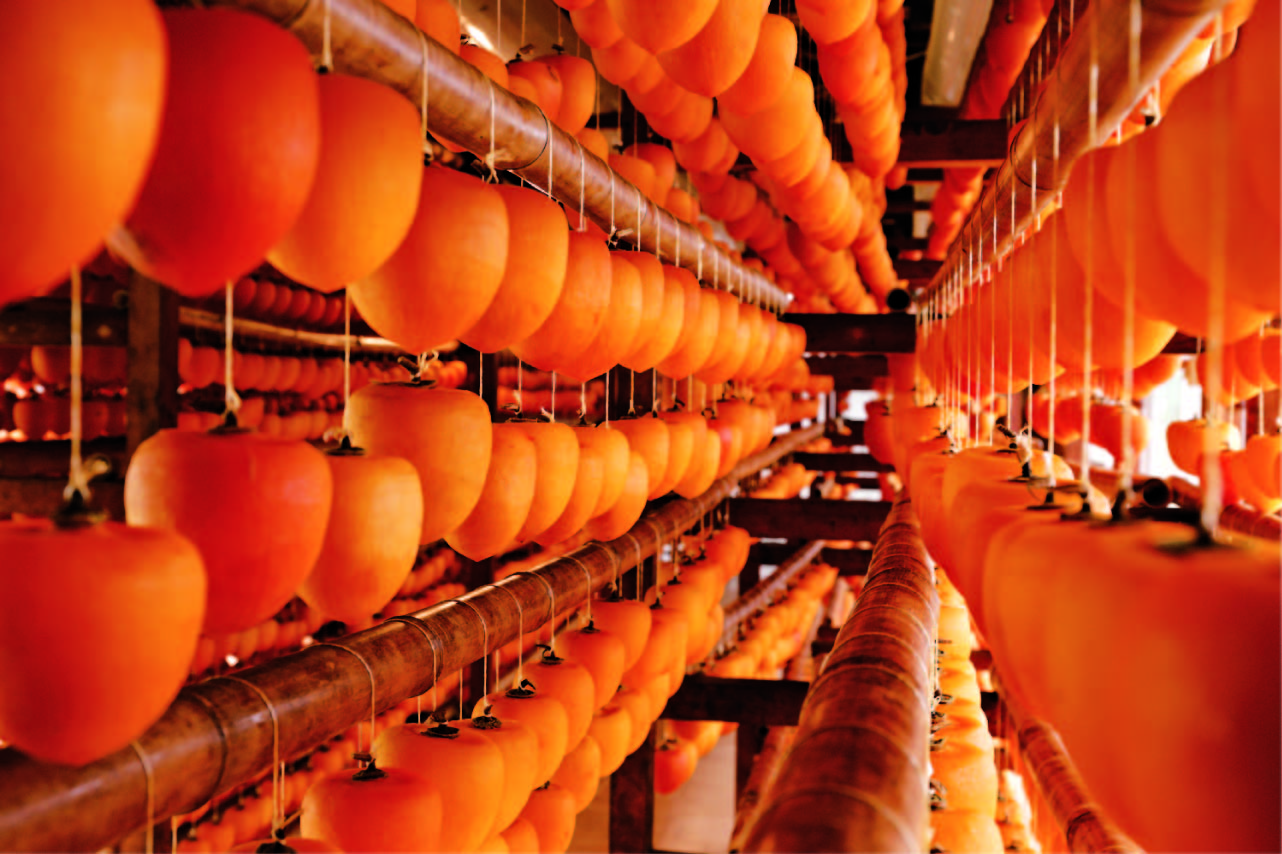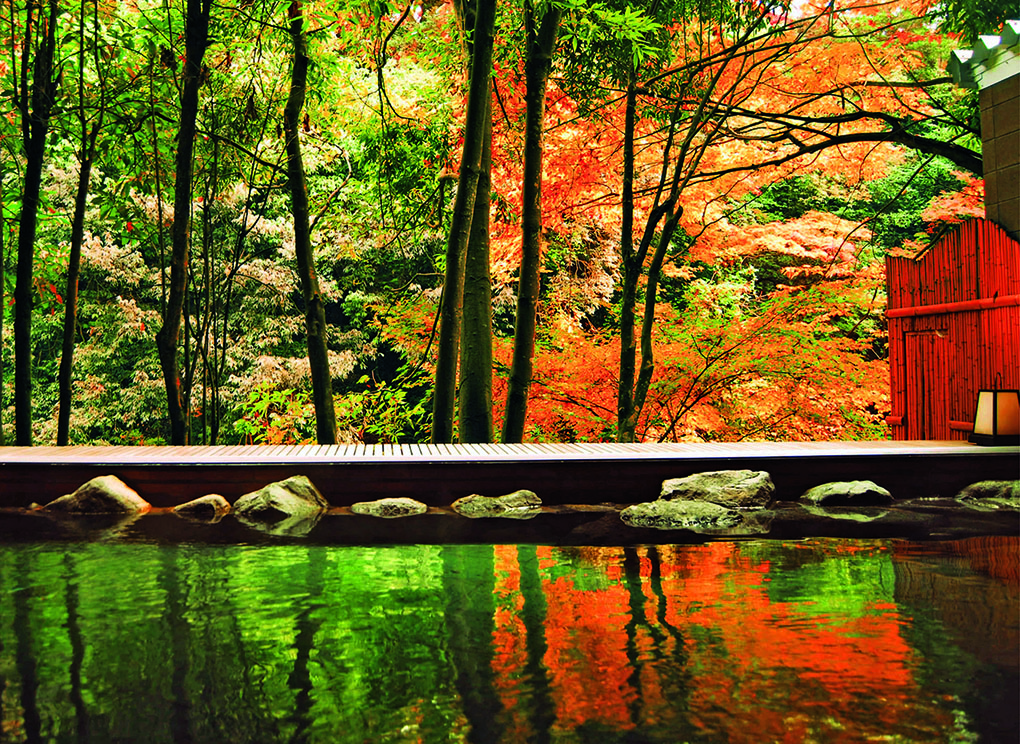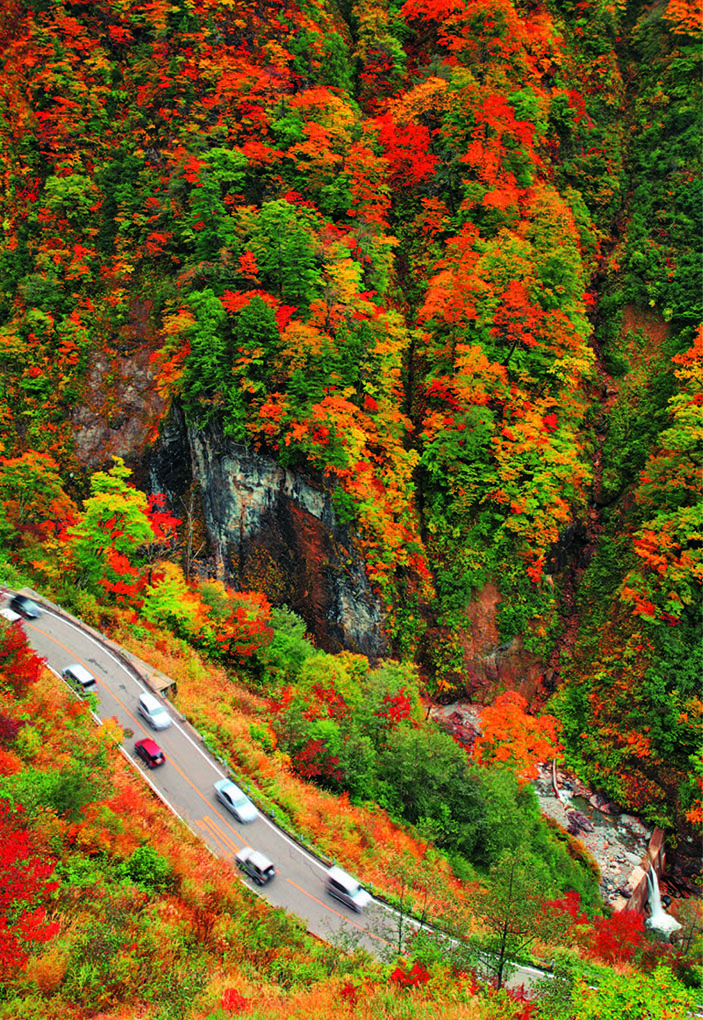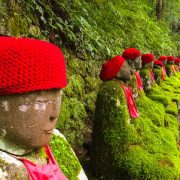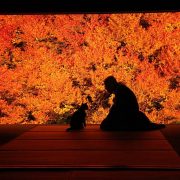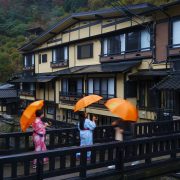Ishikawa – the new hotspot in Japan
So you’ve done Tokyo, skied in Niseko and explored Kyoto, and are wondering where to go next. Consider Ishikawa, an area of Japan that has flown under the radar but is about to emerge into the spotlight. Ishikawa is authentic Japan, with its capital, Kanazawa, just two and a half hours by train from Tokyo. Kanazawa is a place with significant history, natural beauty, an excellent food and cultural scene and a stunning coastline. It’s cultural practices have stayed the same for centuries, like many other places in this promising prefecture. Here are just some of them:
Kanazawa
The historic and cultural hub of Ishikawa, Kanazawa is quieter than most known prefectural capital cities, but packs a punch with its sights and experiences that will leave you feeling fully immersed in the real Japan. Explore the Samurai heritage, gold leaf crafts (Kanazawa produces 99 per cent of Japan’s gold leaf), wander through Kenrokuen Garden (one of Japan’s Three Great Gardens) and satisfy your taste buds at Omicho Market.
Kanazawa is home to three geiko (the local name for geisha) districts, with Higashi-Chaya District being the most significant of these. Established in 1820, many of the traditional teahouses have been transformed into cafes, restaurants, sweet shops, and craft shops that you can peruse, but some still retain their original purpose as geiko teahouses. Although the world of geiko entertainment is exclusive and access must be gained by referral, general visitors can tour some teahouses and see a geiko show.
Traditional Agehama Salt Farming
Okunoto Shiota Village is the only salt field in Japan that has preserved the traditional salt making method of ‘Agehama’, valued by chefs worldwide for producing natural and mineral-rich sea salt. This sustainable practice includes carrying seawater in buckets from the sea, which is scattered across a large sand bed. Once set, the salty brine is drawn out and the salt-coated sand is simmered in a large barrel to evaporate the water, leaving crystallised salt. Enrich yourself in the Noto region’s coastal landscape with a hands-on experience, making salt from seawater on a deep-sea beach.
Ama Diver Fishing
Ama, or female divers, make their living diving to the bottom of the sea in search of seaweed and shellfish, such as abalone and clams. The history of the female shell divers of Wajima, in Ishikawa’s Noto Peninsula, spans over four centuries. Wearing only a wetsuit and swimming goggles, Ama dive to a depth of over 10 metres, to catch abalone and turban shells, and collect seaweed. There’s currently 200 female shell divers in Wajima, 10 per cent of the total number of Japanese female divers, which has decreased from 10,000 to 2,000 over the past 35 years. Wajima’s Ama range from teenagers to women in their 70s and are the second-largest group in Japan, after Mie Prefecture. The Wajima area is focused on maintaining its number of female divers, and preserving the traditional Ama culture, which can be experienced at Hegura Island and Nanatsu Island, 50 km north of the Wajima coast.
Rice farming on the Noto Peninsula
The Noto Peninsula, that that extends 100 kms into the Sea of Japan is characterised by rolling hills and blue sea vistas. Although not seen as productive for rice farming, Ishikawa’s forebears cultivated the sloping land to create ‘tanada’ or terraced rice fields, which now make for stunning landscape scenery with the calm sea in the background. Four agricultural cooperatives in Northern Noto sell the Koshihikari variety of rice that is produced locally under the brand name ‘Noto Tanada-mai’, which is grown in an environmentally friendly manner in terraced rice fields they inherited from their ancestors. A proportion of the profits made from sales are put towards environment conservation activities, such as efforts to protect landscapes, culture, fauna and flora.
An escape to regional Japan, the Noto Peninsula is for those who want to get away from the modern world and stay in traditional countryside guesthouses, photograph stunning landscapes of rice terraces and rolling waves, cycle along the coast and get to know the locals.
Food drying
Wandering the coastal villages of Noto Peninsula, you’ll no doubt come across scenes of food being hung out to dry, ranging from fish to sheaves of rice. This practice has been passed down over several generations to ensure the limitation of food waste, with the region’s warm and humid climate in summer making it difficult to preserve food and the snow covering the ground for long periods in winter preventing growth of crops. Before modern methods of refrigeration, Ishikawa locals relied on the earth’s resources to preserve food, with the wind still being a key element in dried food production, necessary to achieve just the right amount of moisture at an ambient temperature. The sea breeze that blows in the Noto coastal area is indispensable to dried food production in the region.
Soaking in mineral-rich hot springs in the Kaga and Hakusan regions
Ishikawa is renowned for its hot spring (onsen) culture. Located in the Kaga region, Yamanaka Onsen is a quaint resort located along the Kakusenkei Gorge. The village’s hot springs were discovered more than 1,300 years ago by a monk and are known for producing some of the best waters in the region that are enjoyed by both visitors and locals year-round.
Festivals
Ishikawa’s local agricultural communities celebrate the Earth year-round. Festivals spanning centuries are dedicated to praying for a bountiful catch and plentiful harvest, with agricultural rituals to express gratitude to the deity and the earth for abundant food production. Wajima City is renowned for its four great festivals each summer, with the final being the Wajimazaki-jinja Shrine Festival (25 August). This is characterised by lanterns in the shape of shrimp and sea bream as locals celebrate the fishing village’s livelihood. Culminating with a falling torch, it is believed that if the torch falls towards the mountains then the next harvest will be fruitful and if it falls towards the sea, the fish will be plentiful.
For more information, see www.ishikawatravel.jp/en.

